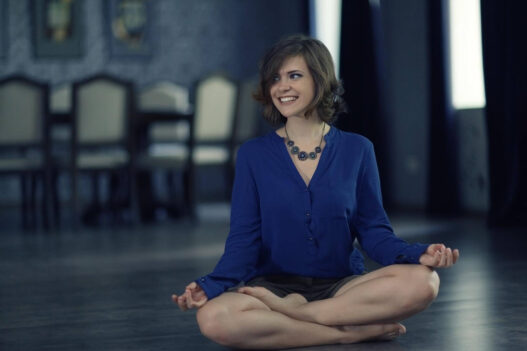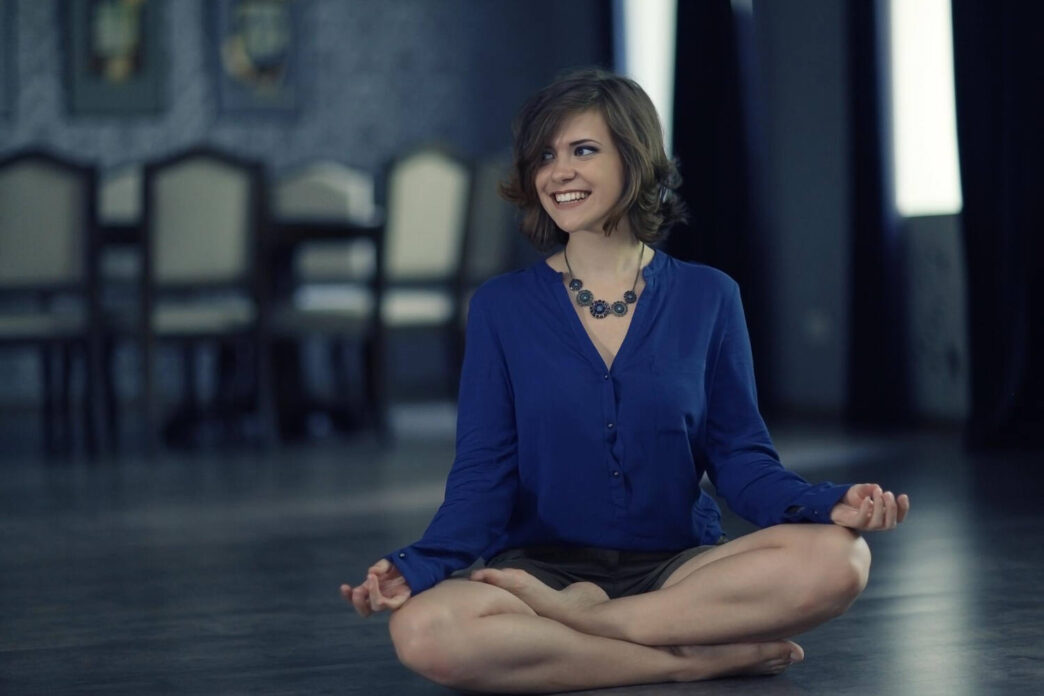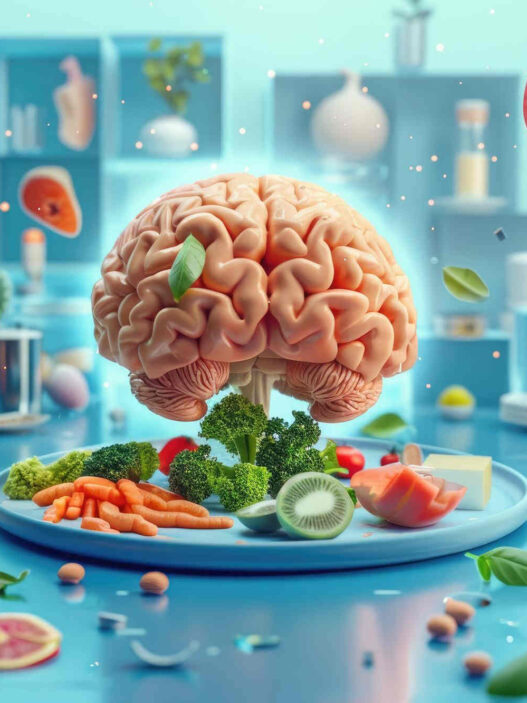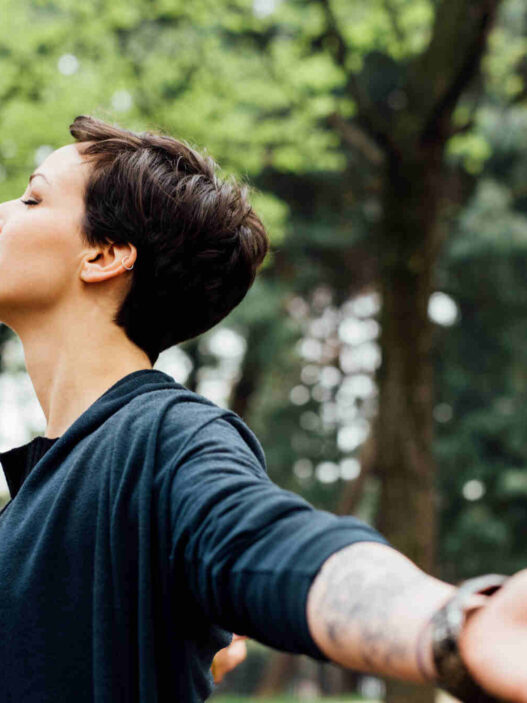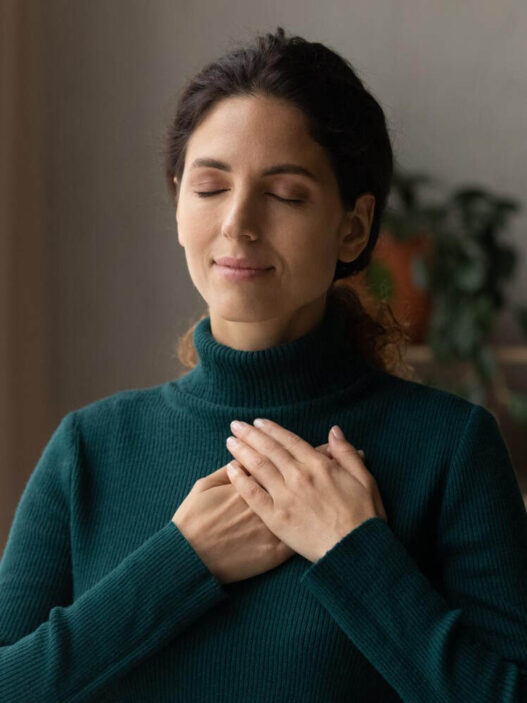Aging is a complex biological process that involves a wide range of cellular and molecular changes in an organism over time. It has also been seen that Yoga has been a very helpful tool in transforming not just the health of an individual but also it has been helpful in curtailing one’s age. So let’s try to understand how yoga transformation can be helpful in reducing aging, before that let’s understand what is aging.
Aging – A Complex Biological Process
One of the main scientific explanations for aging is the accumulation of damage to cells and tissues over time, which can result from a variety of factors such as oxidative stress, DNA damage, telomere shortening, and metabolic dysfunction. For instance, oxidative stress can cause damage to cellular components such as DNA, proteins, and lipids, leading to cellular dysfunction. DNA damage and telomere shortening can also cause cells to enter a state of senescence or apoptosis, which can lead to tissue damage and dysfunction.
Well, if we dig deeper, telomeres are structures that cap the ends of our chromosomes, and they play a critical role in maintaining the stability of our genetic material during cell division. With each round of cell division, telomeres naturally shorten, and as they become shorter, cells become less able to divide and function properly. This is known as the “telomere theory of aging,” which suggests that the progressive shortening of telomeres over time contributes to the aging process.
Telomere shortening is a natural part of the aging process, but it can also be accelerated by various environmental and lifestyle factors, such as chronic stress, poor nutrition, and lack of physical activity. Studies have shown that individuals with shorter telomeres tend to have a higher risk of age-related diseases such as cardiovascular disease, diabetes, and cancer.
Along with telomere shortening, metabolic dysfunction, such as changes in nutrient-sensing pathways, can lead to alterations in cellular metabolism and the accumulation of harmful byproducts.
Overall, the exact mechanisms of aging are still being studied and there is no single, definitive explanation for why people age.
However, there are many theories and potential factors involved in the aging process, including genetic and environmental factors, lifestyle factors, and changes in cellular and molecular biology.
And here comes yoga as a savior, when compared to any other activity, for promoting and transforming health and well-being, particularly in the context of aging.
Yoga Transformation and Aging
1. Low impact
Yoga is a low-impact form of exercise that is gentle on the joints, making it a good option for older adults or those with mobility issues. This can make it easier to maintain a regular yoga practice over time.
2. Mind-body connection
Yoga transformation emphasizes the connection between the mind and body and incorporates mindfulness and breathwork practices that can help reduce stress and promote relaxation. This mind-body connection may be particularly beneficial for older adults who may be dealing with chronic pain, stress, or other health issues.
3. Flexibility and balance
Yoga incorporates a variety of poses and movements that can improve flexibility, balance, and posture, which can help reduce the risk of falls and injuries in older adults.
4. Adaptability
Yoga can be adapted to suit a wide range of abilities and fitness levels, making it accessible to a broad range of people. It can also be adapted to target specific health concerns, such as chronic pain or mobility issues.
5. Holistic approach
Yoga transformation takes a holistic approach to health and wellness, addressing not only physical fitness but also mental and emotional well-being. This can be particularly beneficial for older adults who may be dealing with a range of health concerns, from chronic pain to social isolation to cognitive decline
While other forms of physical activity can also be beneficial for promoting health and well-being, yoga’s unique combination of low impact, mind-body connection, adaptability, and holistic approach may make it particularly effective for promoting and transforming to healthy aging.
Antiaging Effects of Yoga – How Yoga Transformation Can Affect Aging?
So now the question arises of how yoga can be beneficial & transformative for aging if I do yoga on a regular basis!
1. Improving flexibility and balance
Yoga is a gentle form of exercise that can improve flexibility and balance, which can help reduce the risk of falls and injuries in older adults. A study published in the Journal of Aging and Physical Activity in 2018 found that a 12-week yoga transformation program improved balance, flexibility, and muscle strength in older adults.
2. Reducing chronic pain
Yoga has been shown to be effective in reducing chronic pain, which is a common problem among older adults. A meta-analysis of 20 randomized controlled trials published in the journal Pain Medicine in 2016 found that yoga was effective for reducing chronic pain in a variety of populations, including older adults.
3. Improving sleep quality
Yoga can help improve sleep quality, which is important for overall health and well-being. A study published in the Journal of Clinical Sleep Medicine in 2013 found that a 12-week yoga transformation program improved sleep quality and reduced insomnia in older adults with sleep disturbances.
4. Reducing stress and anxiety
Yoga incorporates mindfulness and breath work, which can help reduce stress and anxiety and promote relaxation. A study published in the Journal of Alternative and Complementary Medicine in 2014 found that a 12-week yoga transformation program reduced symptoms of anxiety and depression in older adults.
5. Improving cardiovascular health
Yoga has been shown to improve cardiovascular health, including reducing blood pressure and improving lipid profiles. A meta-analysis of 44 randomized controlled trials published in the European Journal of Preventive Cardiology in 2019 found that yoga transformation program was effective in improving cardiovascular risk factors in both healthy individuals and those with cardiovascular disease.
6. Improve cellular aging markers
One study published in the Journal of Alternative and Complementary Medicine in 2014 looked at the effects of an eight-week yoga program on biomarkers of cellular aging in older adults. The study found that the yoga transformation program was associated with increased activity of telomerase, an enzyme that helps maintain telomere length, and reduced levels of oxidative stress and inflammation, which are thought to contribute to cellular aging.
7. Improve Physical Function
A study published in the Journal of Geriatric Physical Therapy in 2017 investigated the effects of a 12-week chair yoga transformation program on physical function and quality of life in older adults with osteoarthritis. The study found that the chair yoga program was associated with improved balance, flexibility, and mobility, as well as reduced pain and improved quality of life.
8. Improve Cognitive and Psychological Functions
A review article published in the journal Complementary Therapies in Medicine in 2020 summarized the findings of multiple studies on the effects of yoga transformation on various aspects of aging, including physical function, cognitive function, and psychological well-being. The review found that yoga was associated with improvements in these areas, and suggested that yoga may be a promising intervention for promoting healthy aging.
Yoga And Meditation
Research has also suggested that lifestyle changes, including regular exercise, a healthy diet, and stress reduction techniques such as mindfulness and meditation, help slow down the rate of telomere shortening and promote healthy aging.
Yoga and meditation practices help protect telomeres and promote telomerase activity, a small study published in the International Journal of Behavioral Medicine in 2015 found that regular yoga practice was associated with increased telomerase activity and longer telomere length in immune cells among family dementia caregivers, a group that is known to experience high levels of stress.
Another study published in the journal Frontiers in Aging Neuroscience in 2017 found that a three-month yoga transformation and meditation program was associated with increased telomerase activity and reduced telomere shortening in breast cancer survivors.
The Final Words
Above are just a few examples of the many ways in which yoga can be helpful in promoting healthy aging. I would encourage everyone to start slowly and find a yoga practice that is accessible and enjoyable for them. There are many different types of yoga, and it’s important to find a practice that aligns with their goals and interests. I would personally recommend and also emphasize the importance of consistency and regular practice, even if it’s just a few minutes each day. With time and dedication, the benefits of yoga can be truly transformative for both physical and mental health.
So what are you waiting for? Take out those yoga mats & start your practice!
Sources
- Yoga & Flexibility https://pubmed.ncbi.nlm.nih.gov/23825035/
- Reduction in Chronic Pain: https://pubmed.ncbi.nlm.nih.gov/27046802/
- Yoga & insomnia: https://www.ncbi.nlm.nih.gov/pmc/articles/PMC3667430/
- Yoga for stress & anxiety: https://www.ncbi.nlm.nih.gov/pmc/articles/PMC5871291/
- Yoga & cardiovascular Health: https://journals.sagepub.com/doi/abs/10.1177/2047487314562741?journalCode=cprc
- Yoga & telomerase length: https://www.researchgate.net/publication/276208803_Telomerase_Activity_and_Cellular_Aging_Might_Be_Positively_Modified_by_a_Yoga-Based_Lifestyle_Intervention_A_Case_Report
- Yoga for geriatric wellness: https://pubmed.ncbi.nlm.nih.gov/28008603/
- Yoga for healthy Ageing: https://www.sciencedirect.com/science/article/abs/pii/S0965229919319016
- Lifestyle & ageing https://www.ncbi.nlm.nih.gov/pmc/articles/PMC3370421/#:~:text=Dietary%20restriction%2C%20appropriate%20diet%20(high,risk%2C%20and%20pace%20of%20aging.
- Yoga & telomerase activity: https://link.springer.com/article/10.1007/s12529-016-9586-3.

Dr. Adithya Hande, Naturopathy & Yoga Physician, is a patient-centric doctor, with 20+ years of experience in Yoga & 7 years of experience in the Wellness industry, seeking to reduce the burden of patients with their chronic conditions through scientific & realistic health goals. He has previously worked as a Health coach at Dvara Health Finance to help people reduce their Diabetes, Obesity & hypertension Risk, worked as a Senior Naturopathy Consultant at Ishka Health care, and as Chief Physician at Shathayu Ayurveda & Yoga Retreat. Dr. Adithya helps guide their patients to achieve their goals particularly a strong and fit body and mind.
